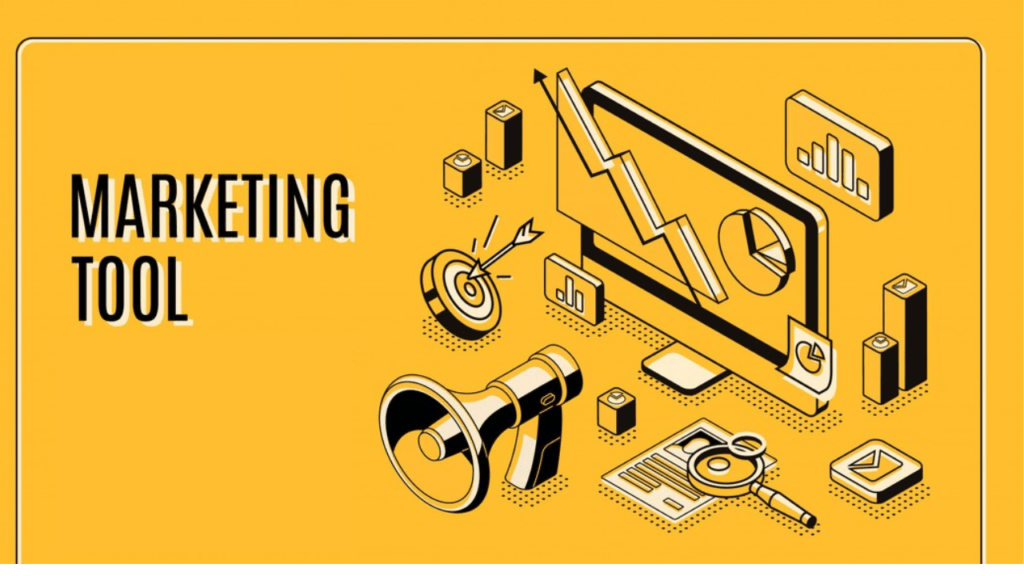
As the digital marketing landscape continues to evolve, marketers face increasing demands for efficiency, personalization, and data-driven decisions. Tools that were once considered cutting-edge are now essential to thrive in this highly competitive environment. In 2025, leveraging the right digital marketing tools can make the difference between staying ahead of the curve or falling behind.
This article delves into the must-have digital marketing tools in 2025, offering detailed insights into their features, benefits, and practical applications. Whether you’re a small business owner or a seasoned marketer, these tools will help you boost productivity, engage customers, and achieve measurable success.
Why Are Digital Marketing Tools Necessary?
Digital marketing tools empower marketers to work smarter, not harder. By automating repetitive tasks, analyzing vast amounts of data, and delivering personalized customer experiences, these tools allow businesses to:
- Save Time: Automate workflows like email marketing and social media scheduling.
- Improve Accuracy: Use data-driven insights to refine campaigns.
- Boost ROI: Optimize budgets by focusing on what works best.
- Stay Competitive: Leverage cutting-edge technologies to meet evolving customer expectations.
In short, these tools enable marketers to be more efficient, precise, and impactful in their strategies.
The 5 Must-Have Digital Marketing Tools in 2025
1. Google Analytics 4 (GA4)
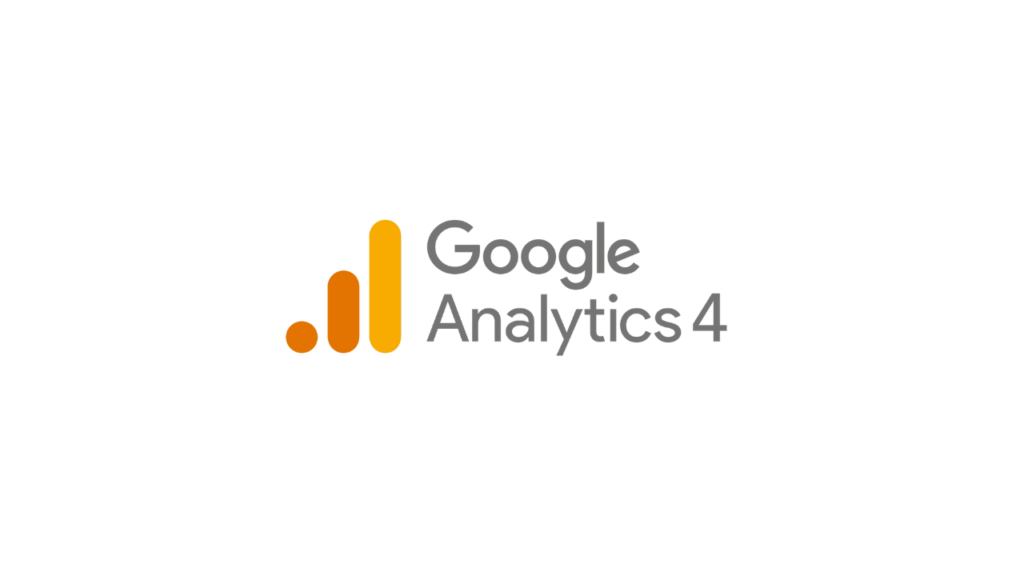
What is it?
Google Analytics 4 is the latest version of Google’s analytics platform, designed to provide a deeper understanding of user behavior across devices and platforms. Unlike its predecessor, GA4 focuses on event-based tracking, enabling more accurate insights into how users interact with your business.
Key Features
- Cross-Device Tracking: See how users engage across mobile, desktop, and apps.
- AI-Powered Predictions: Predict customer behavior and trends using machine learning.
- Privacy-First Approach: Built to comply with data privacy laws like GDPR and CCPA.
- Enhanced Reporting: Customizable dashboards for detailed campaign analysis.
How It Helps
Imagine running a digital ad campaign and noticing a high click-through rate but low conversions. With GA4, you can analyze the user journey, identify friction points, and implement changes to improve conversions.
Pro Tip: Use GA4’s integration with Google Ads to create targeted remarketing campaigns based on audience insights.
2. HubSpot CRM
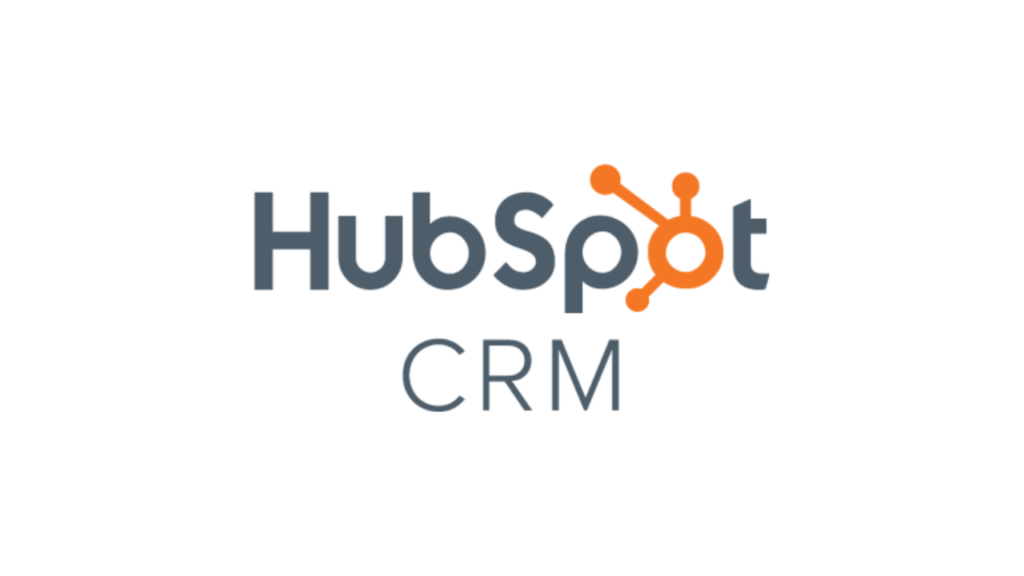
What is it?
HubSpot CRM is a comprehensive customer relationship management platform that helps businesses manage leads, automate marketing tasks, and nurture customer relationships.
Key Features
- Contact Management: Store and organize customer data in a centralized location.
- Email Automation: Send personalized follow-ups and nurture leads automatically.
- Pipeline Tracking: Manage sales opportunities and monitor progress.
- Analytics Tools: Gain insights into customer behavior and campaign performance.
How It Helps
For example, a software company can use HubSpot CRM to track a lead’s journey from their first interaction to purchase, automating follow-up emails based on the lead’s behavior. This approach saves time and increases the chances of conversion.
Pro Tip: Integrate HubSpot CRM with your email marketing and social media platforms for a seamless customer experience.
3. Canva

What is it?
Canva is a user-friendly design tool that allows anyone—regardless of skill level—to create professional-quality graphics, videos, and marketing materials.
Key Features
- Drag-and-Drop Interface: Easily design social media posts, infographics, and more.
- Customizable Templates: Thousands of templates tailored for different platforms and use cases.
- Brand Kit: Save your brand colors, fonts, and logos for consistent designs.
- Video Editing: Create engaging video content for platforms like Instagram, TikTok, and YouTube.
How It Helps
For instance, a small retailer can use Canva to create eye-catching Instagram posts and email graphics, enhancing their visual branding without hiring a professional designer.
Pro Tip: Use Canva’s collaboration feature to streamline team projects, ensuring all designs align with your brand identity.
4. SEMrush
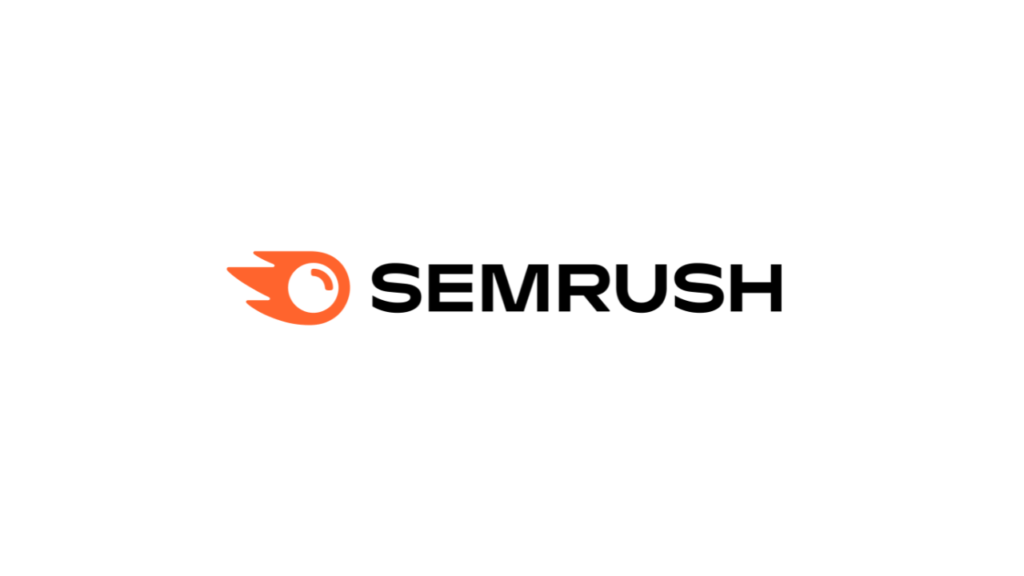
What is it?
SEMrush is an all-in-one SEO and marketing platform that helps businesses improve their online visibility through keyword research, competitor analysis, and content optimization.
Key Features
- Keyword Research: Discover high-performing keywords relevant to your audience.
- Competitor Analysis: Analyze your competitors’ strategies and identify gaps.
- Site Audit: Detect and fix technical SEO issues.
- Content Optimization: Use SEO tools to improve the ranking potential of your blog posts and web pages.
How It Helps
For example, a content marketing agency can use SEMrush to identify trending keywords and optimize their articles, leading to higher rankings and increased traffic.
Pro Tip: Use SEMrush’s backlink analysis tool to strengthen your domain authority and improve search rankings.
5. Mailchimp
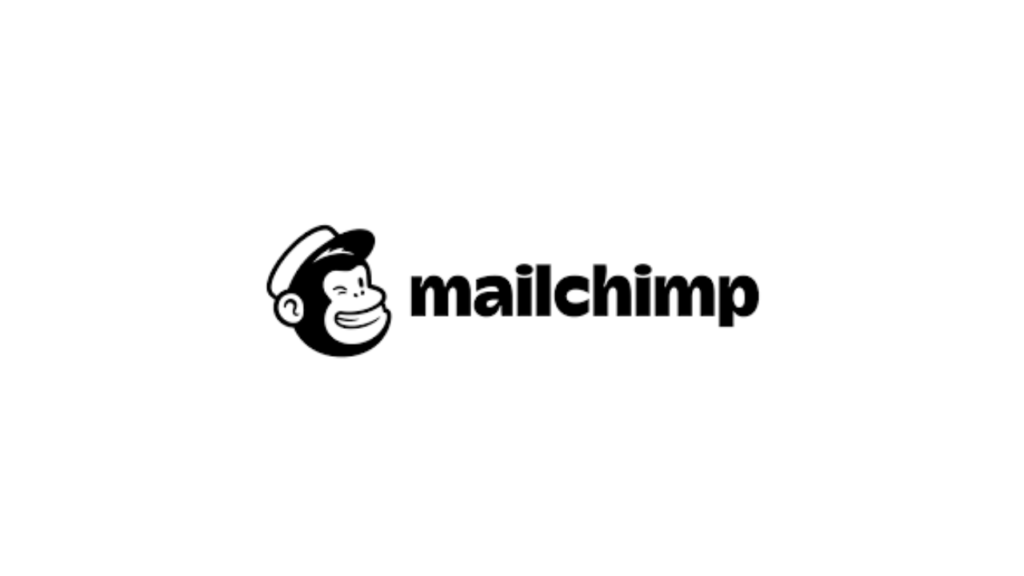
What is it?
Mailchimp is an industry-leading email marketing platform that combines automation, analytics, and personalization to create effective campaigns.
Key Features
- Audience Segmentation: Target specific groups with tailored messages.
- Email Templates: Access pre-designed templates for professional-looking emails.
- Automation: Set up workflows for abandoned cart emails, welcome messages, and more.
- Campaign Analytics: Measure email performance with detailed reports.
How It Helps
For example, an online retailer can use Mailchimp to send automated abandoned cart reminders, recovering lost sales by encouraging customers to complete their purchases.
Pro Tip: Combine Mailchimp’s predictive analytics with personalized discounts to re-engage inactive subscribers.
FAQs About Must-Have Digital Marketing Tools in 2025
How do I choose the right tools for my business?
Start by identifying your goals—whether it’s improving SEO, managing customer relationships, or creating better visuals. Then, evaluate tools based on their features, ease of use, scalability, and cost.
Are free tools as effective as paid ones?
Free tools like Google Analytics and Canva offer robust features for beginners, but paid tools often provide advanced capabilities and scalability for growing businesses.
What’s the role of AI in digital marketing tools?
AI enhances tools by providing predictive insights, automating repetitive tasks, and personalizing customer experiences. For instance, AI-driven email platforms can predict the best times to send emails for maximum engagement.
Why is integrating tools important?
Integration ensures a seamless workflow between platforms, saving time and improving accuracy. For example, integrating HubSpot CRM with Mailchimp allows you to synchronize customer data for personalized email campaigns.
What are the benefits of automation in marketing tools?
Automation saves time, reduces manual errors, and ensures timely execution of repetitive tasks like email follow-ups, lead nurturing, and social media posting.
How can I measure the ROI of digital marketing tools?
Track key performance indicators (KPIs) such as website traffic, conversion rates, revenue growth, and time saved to evaluate a tool’s effectiveness.
Conclusion
In 2025, the digital marketing landscape demands agility, precision, and innovation. By incorporating these must-have digital marketing tools, businesses can streamline workflows, improve customer engagement, and achieve measurable success.
From understanding customer behavior with Google Analytics 4 to creating stunning visuals with Canva and automating outreach with Mailchimp, these tools provide the foundation for a winning marketing strategy. Start exploring them today to stay ahead in an ever-changing digital world.







